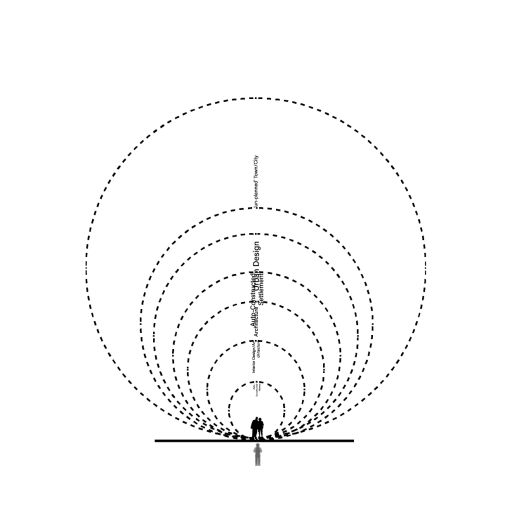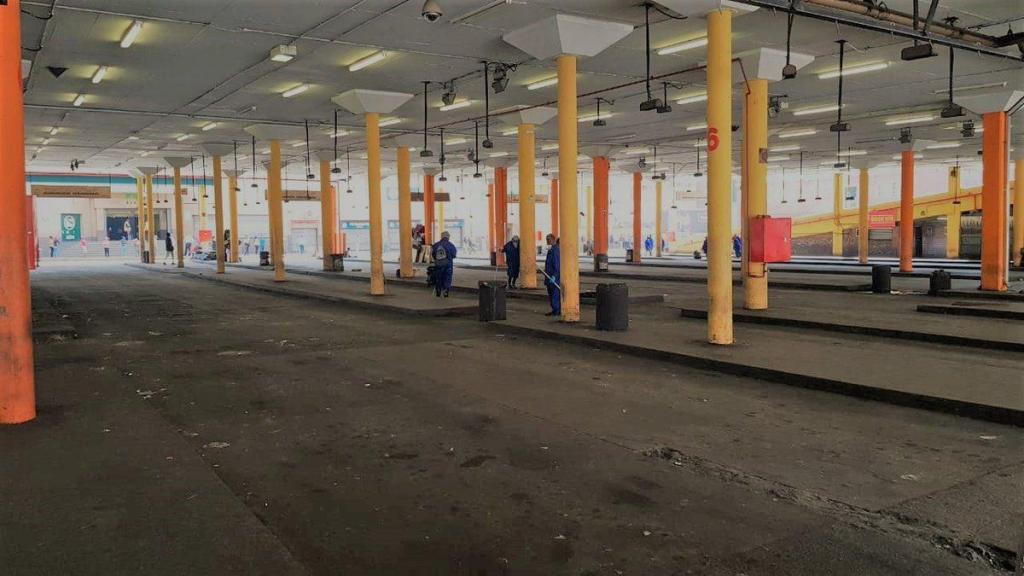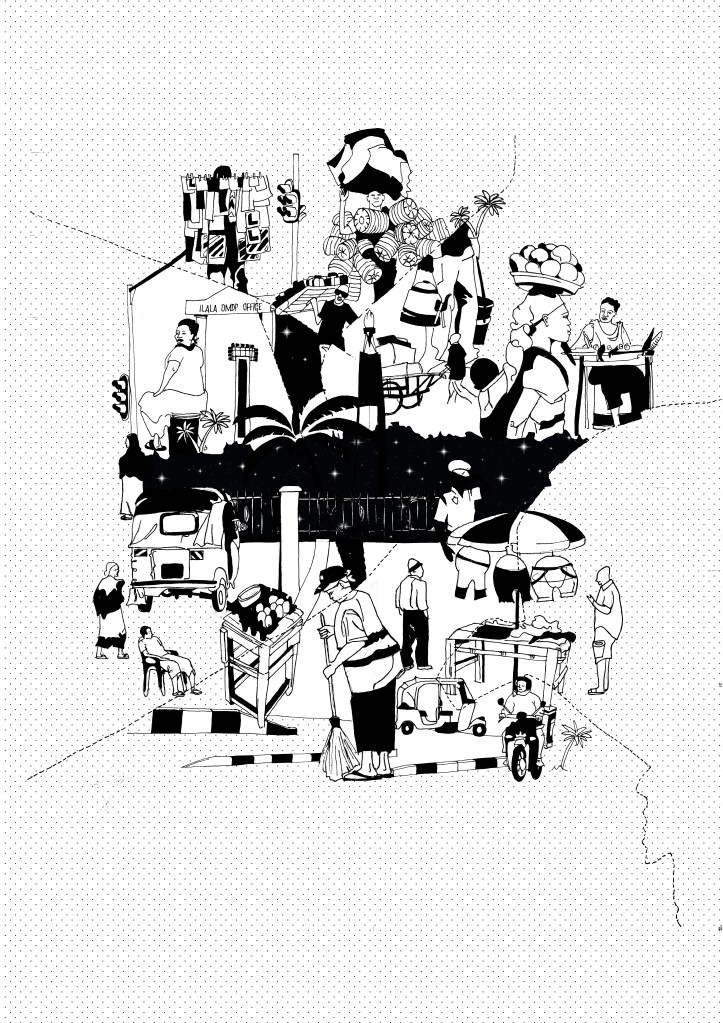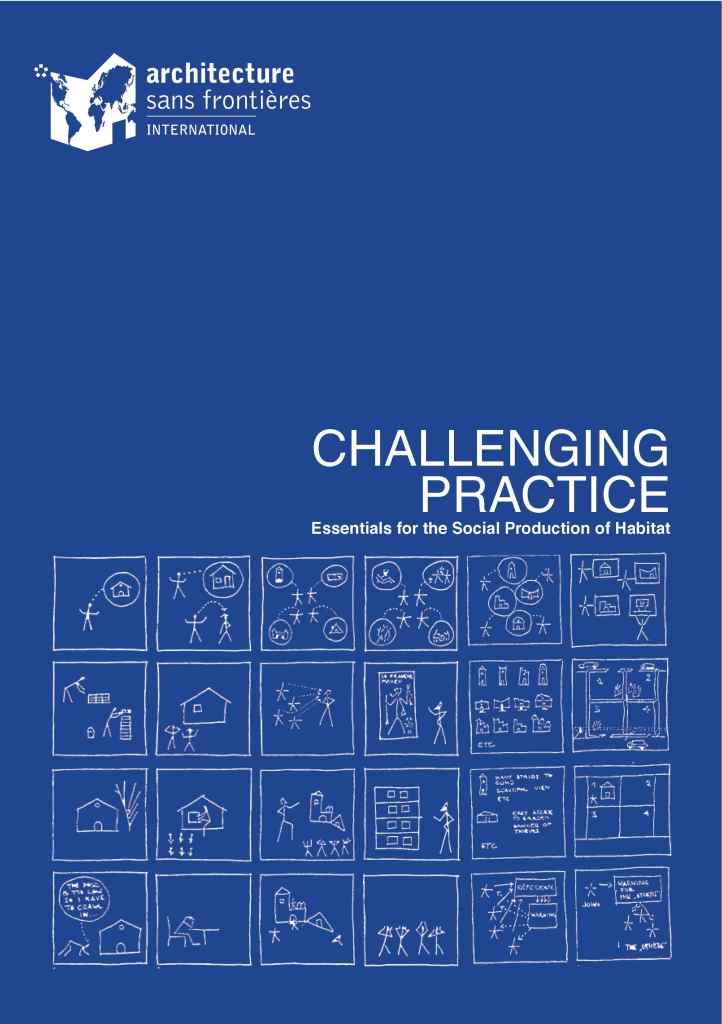Other Names: Space Making, Architectural Design, Urban Design, Space Planning, Service Design, UX Design, Interior Design
An inclusive framing of a collective built environment design approach to practice.
Note: There is an important distinction made in this description between the Profession; a legal designation that protects the public and members of a ‘profession’ and the Discipline; the skills, experience, techniques of an area of practice.
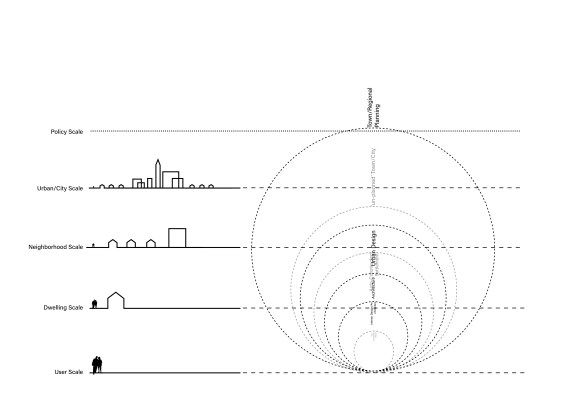
Scales of Spatial Design, based on work with ASF-UK and others (Image; Bennett)
Summary
Spatial Design is the framing of an emerging cross-discipline of design that brings together traditional Built Environment design specialisations through collective actions, methods and approaches to space-making, neighbourhood building and general structural making.
Spatial Design is not a professional designation (yet), but rather an inclusive conceptual framing of communicative, visual, and co-productive practices in the built environment.
The disciplinary aspects of Spatial Design typically includes the disciplines of architecture, urban, landscape, planning, construction, interior and service design, as well other non-professionalised space-making practices such as public art, grass-roots building and making.
Examples of those who work through Spatial Design practice approaches
South African
Urban Works: Architecture & Urbanism
Global
Quick Reads
South African
Ubuntu Design Group Story – Wandile Mthiyane
South African Cities Future Documentary
Knowledge Imperatives for Southern Urbanisms – Edgar Pieterse
Global
Spatial Design Course – KADK
About Spatial Agency – Spatial Agency
Spatial Design Practice Training – UAL
Design Stories – Spatial Narratives
Literature
South African
Global
JSD_ZA Contributions on Spatial Design
“Ultimately it (spatial design), can be seen as ‘the glue that joins traditional built environment disciplines together with the people they are designed to serve’. ”
Spatial Narratives
